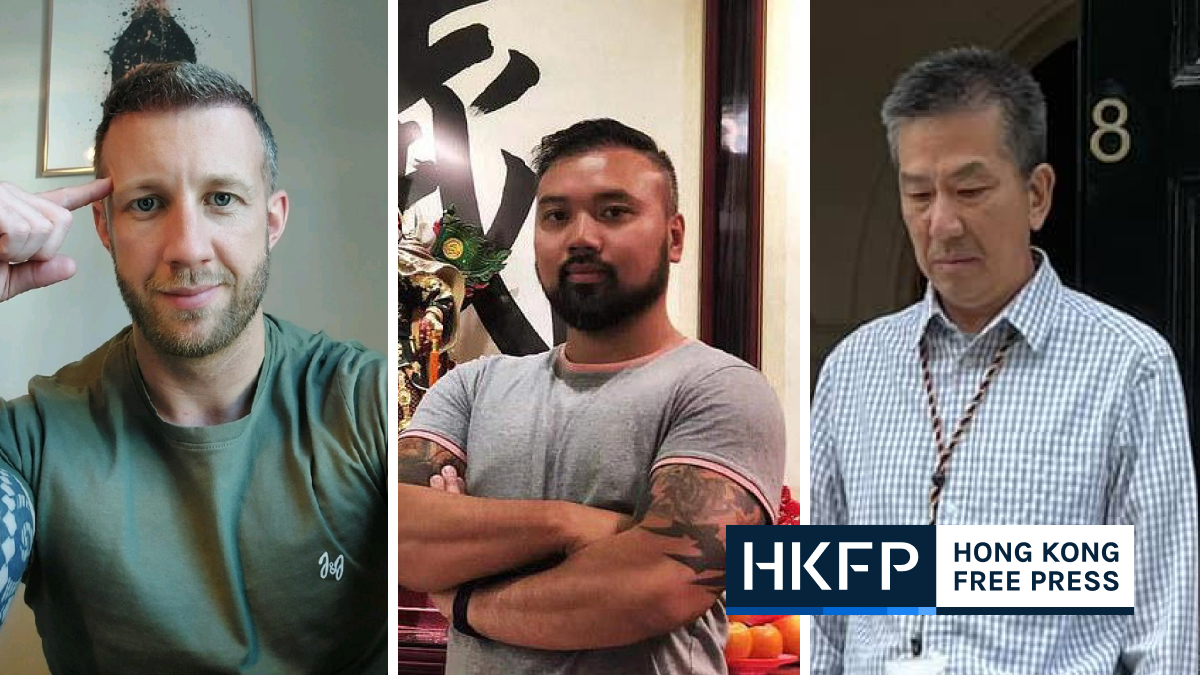Once a thriving fishing village with stilt houses, restaurants and a school, Ma Wan village now lies abandoned, slowly crumbling beneath the imposing Park Island residential complex and Tsing Ma bridge.

In the 1980s, the town had a population of several thousand, though by 2000, it was home to around 800.

Fish farming was the main economic activity on Ma Wan and Hongkongers would flock to its seafood eateries.

Industries in the 250-year-old village also included shrimp-drying and shrimp paste-manufacturing.
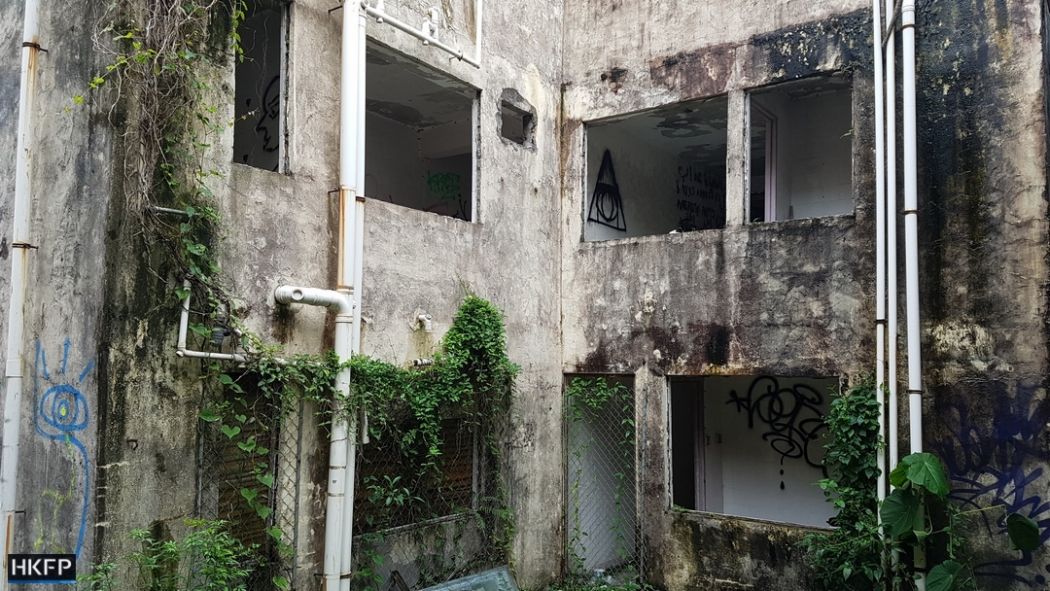
By 2011, most residents had been evicted after Thomas Kwok’s Sun Hung Kai Properties bought most of the land.

A park and Christian-themed theme park were built next to the village as part of the effort to ensure residents would leave.
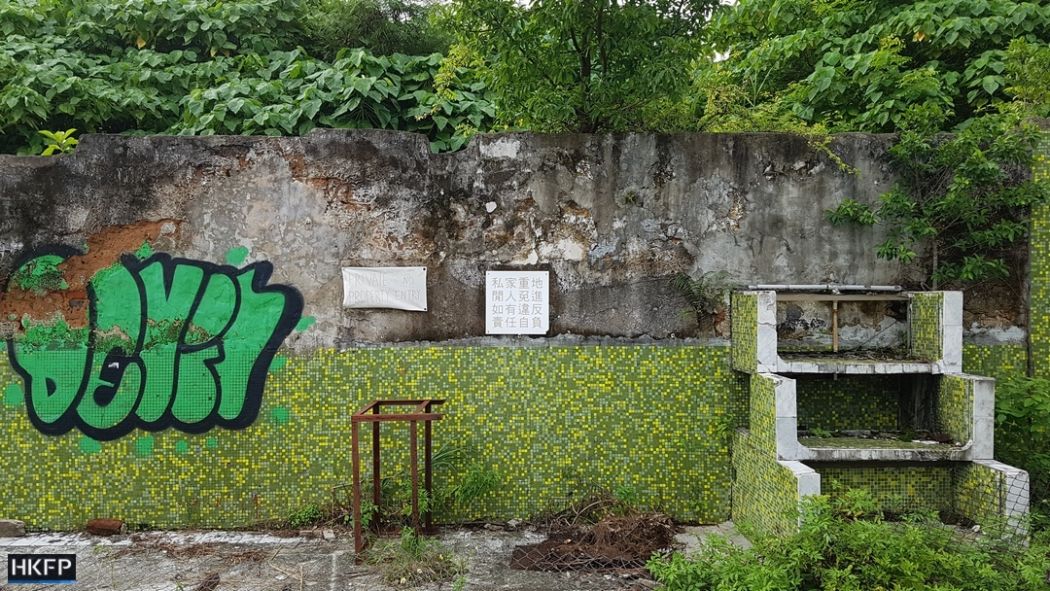
The developer offered villagers a three-storey house or three units in the new Park Island complex, which was completed in 2006.

While most accepted the deal, others held out in protest. Eviction efforts continue to this day.

Now, around 5,000 families live in the huge gated housing estate erected next door.

A dilapidated playground, rural committee building and elderly home are losing their battle with nature and the city’s unrelenting humidity.
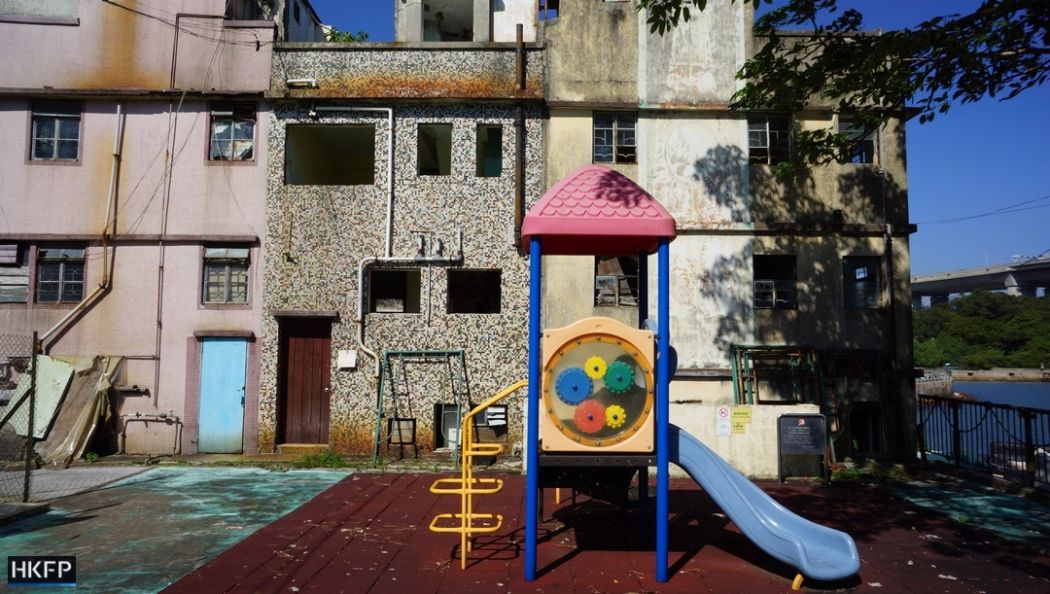
Many dwellings are locked up with “Government Property” and “No Trespassing” signs on the rusty doors, but others can be entered freely.

The town remains a tourist attraction for curious visitors, as well as a hotspot for wedding photographers.

Ma Wan is accessible by bus from Tsing Ma MTR Station or direct boat from Central Ferry Pier 2.

Private cars are not allowed and current residents complain of dwindling transport options after fare hikes and cancellation of one of the two ferry services.
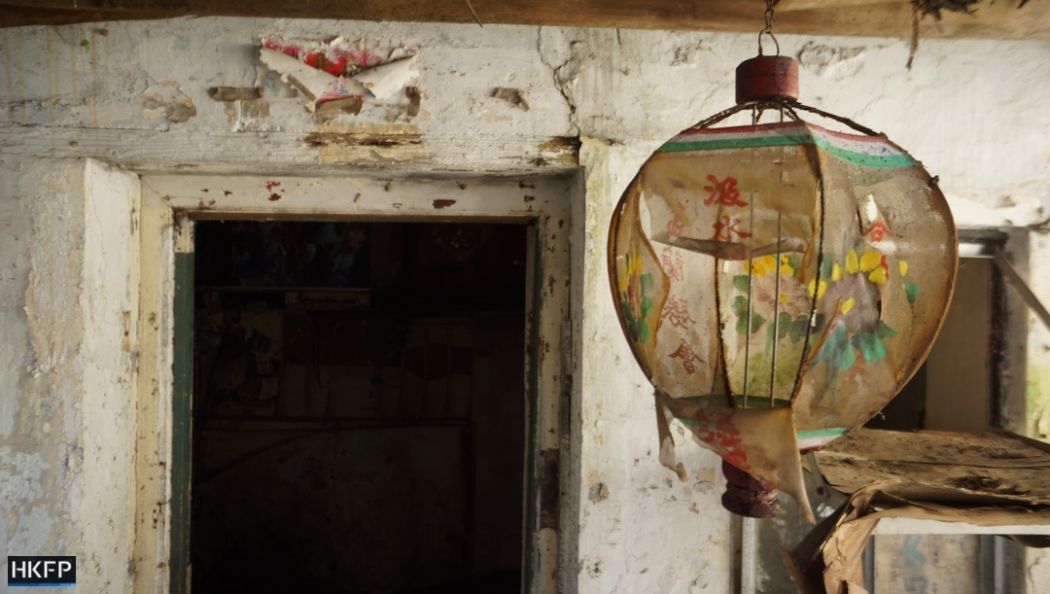



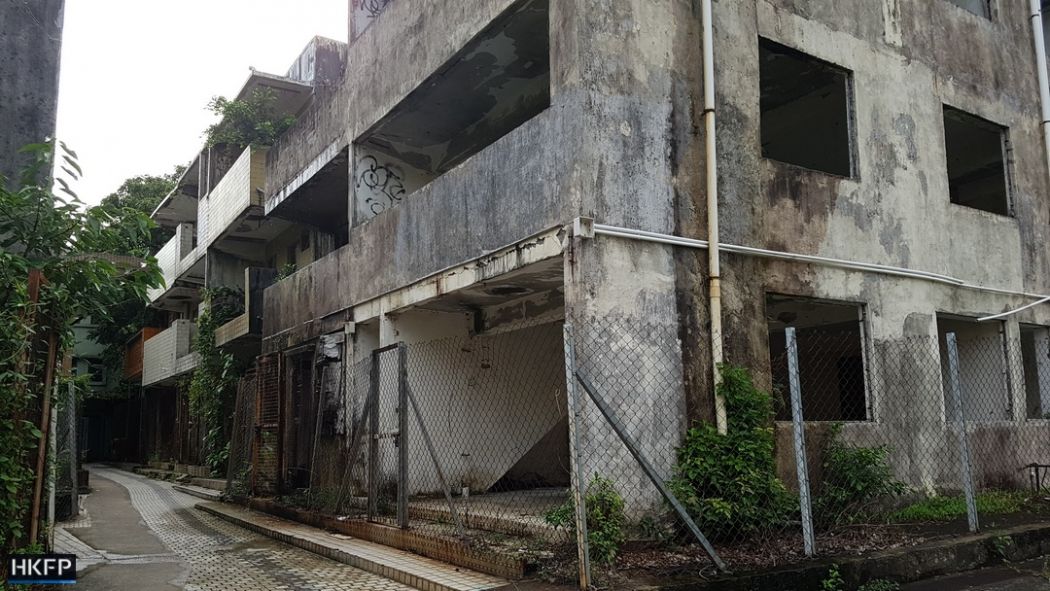



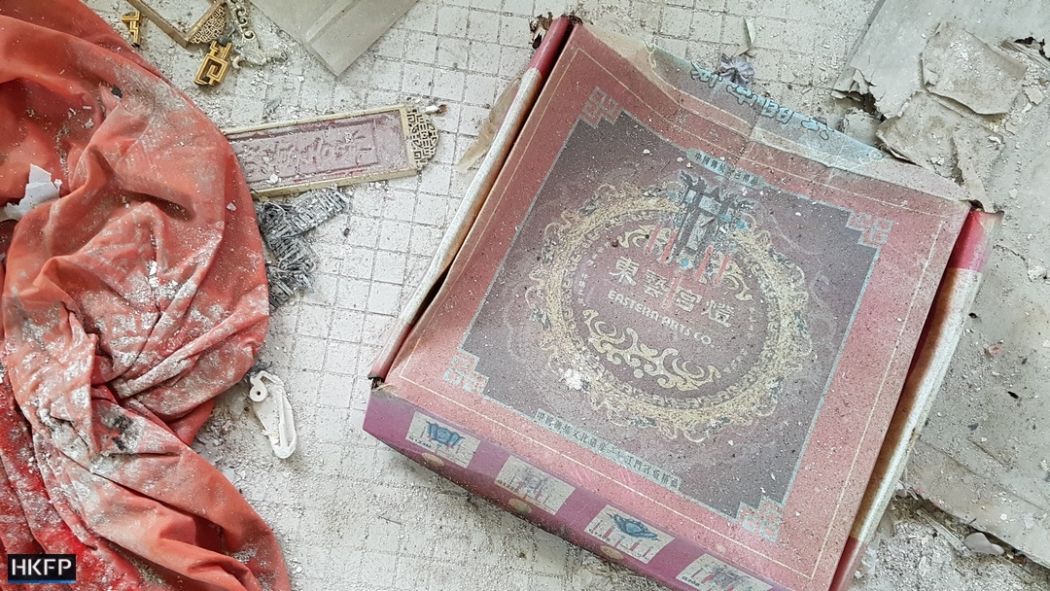




HKFP_Venture: Once a thriving fishing village with stilt houses, restaurants and a school, Ma Wan village now lies abandoned, slowly crumbling beneath the imposing Park Island residential complex and Tsing Ma bridge. https://t.co/vo1mQXZzbK #abandoned #hongkong #urbex pic.twitter.com/SFjvn2LvrA
— Hong Kong Free Press (@HongKongFP) October 7, 2018


Support HKFP | Policies & Ethics | Error/typo? | Contact Us | Newsletter | Transparency & Annual Report | Apps
Help safeguard press freedom & keep HKFP free for all readers by supporting our team

LATEST FROM HKFP
HKFP has an impartial stance, transparent funding, and balanced coverage guided by an Ethics Code and Corrections Policy.
Support press freedom & help us surpass 1,000 monthly Patrons: 100% independent, governed by an ethics code & not-for-profit.





